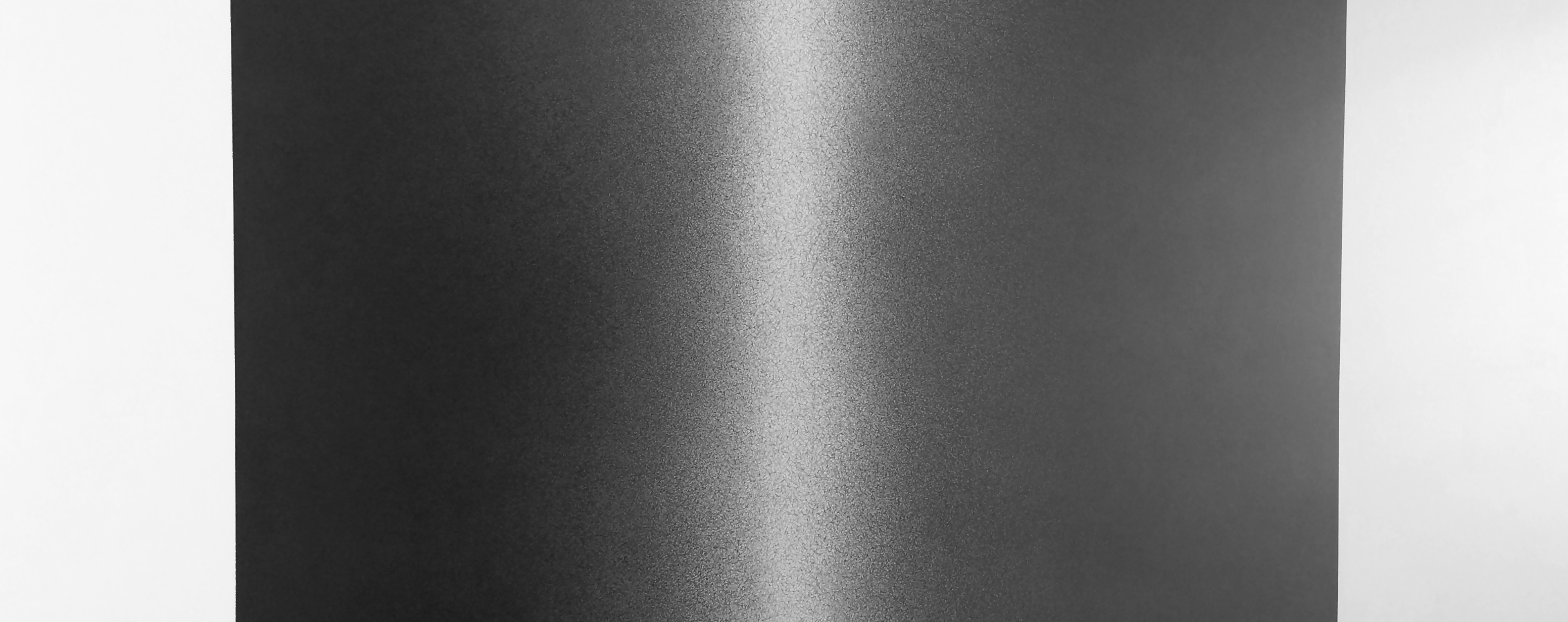Sol LeWitt
- Sol LeWitt
Scribbles: Inverted curve (vertical).
October 2005
Graphite
Collection of Alessandro Maccaferri
First Installation
Galleria Studio G7, Bologna, Italy
First Drawn By
Asmir Ademagic, Rachela Abbate, Marco Bertozzi, Elisa Cancucci, Alessandra Frisan, Elena Latini, Luca Lolli,Viviana Longo, Benny Mangone, Juri Marsigli, Maria Lucrezia Schiavarelli, Anthony Sansotta, Francesca Simeone, Alessio Tugnoli, Simone Vagnetti
MASS MoCA Building 7
Third Floor
Wall Drawing 1186 is one of three scribble drawings that were first designed for Galleria Studio G7 in Bologna. These three drawings — Scribbles: Curve, Scribbles: Inverted curve (vertical) and Scribbles: Inverted curve (horizontal) — were done in the scribble technique that LeWitt explored from 2005 to 2007. Although previous wall drawings called for a scribble-like application of pencil or crayon, these recent scribble drawings differ in that they have gradations of tone created by varying densities of graphite. Following the artist’s diagram the draftsmen use string to plot out the tonal gradations, from level one (the lightest tone) to level six (the darkest).
These recent drawings, the artist’s culminating works, may seem a departure from his rigorously ordered earlier work, which emphasized the flat plane of the wall. The depth created by the tonalities in the scribble drawings has inspired comparisons to infinite space, and invites reconsideration of LeWitt’s earlier focus on the flatness of the image plane. In addition, the graphite’s reflective sheen is suggestive of metal. However, the repetitive nature of the scribble relates to LeWitt’s lifelong interest in repetitive mark-making, and the organic nature of the scribbles correlates with his later works that explored more free-form shapes.
Backstory
The first installation of Wall Drawing 1186 was completed by a team of Italian art students under the direction of Anthony Sansotta, one of LeWitt’s longtime draftsmen. The drawing challenged the drafters to work carefully and cooperatively in order to create a uniform field without leaving a distinct personal trace. In order to ensure the maintenance of a uniform field, one draftsman will occasionally stand on a ladder and use a laser pointer to conduct the other draftsmen. The conductor indicates areas of the drawing that are not dense enough. The draftsmen also must be careful not to create clusters, or areas where scribbles build up to a darker gradation than indicated.


